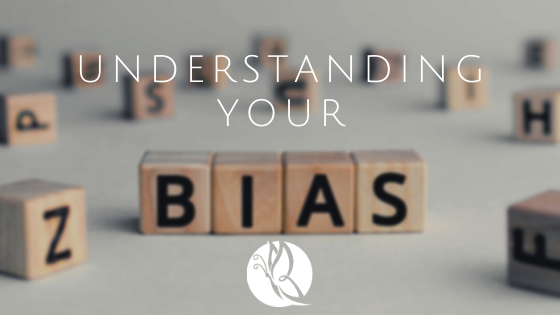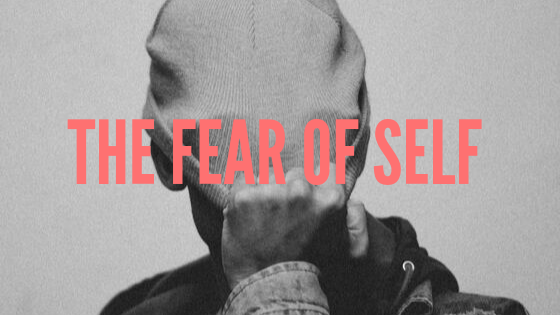
Understanding Your Bias
- Blog Updates, Hear 2 Help You, Standard Blog
- bias, media bias, media literacy
- November 13, 2019
Understanding Your Bias; How does it affect your life?
Greetings y’all and welcome to another week. Is it me or are you already tired of the snow? I mean it’s only been a day and I’m over it already. But enough ranting… For this week, Simone and I decided to continue on with our Media Literacy series. Last week we dove into the difference between misinformation and disinformation. In case you missed it, click here.
Today, Simone will be breaking down our biases and how they have affected our lives. We also look at a few solutions to help with the process of recognizing different types of biases and how to sift through it all.
Enjoy the video and as always feel free to follow along below.
[wonderplugin_video iframe=”https://youtu.be/LmmgobFRB0I?t=80″ lightbox=0 lightboxsize=1 lightboxwidth=960 lightboxheight=540 autoopen=0 autoopendelay=0 autoclose=0 lightboxtitle=”” lightboxgroup=”” lightboxshownavigation=0 showimage=”” lightboxoptions=”” videowidth=600 videoheight=400 keepaspectratio=1 autoplay=0 loop=0 videocss=”position:relative;display:block;background-color:#000;overflow:hidden;max-width:100%;margin:0 auto;” playbutton=”https://hear-2-help.com/wp-content/plugins/wonderplugin-video-embed/engine/playvideo-64-64-0.png”]
One thing to understand is that all humans, at least part of the time want reality to be different then what it is, and most humans want to convince other humans that their version of reality is the right one. That’s what a bias is. It is the difference between information people can access and the information people accept and share with others. It’s is also a form of preference, and preference is rooted in feelings rather than facts. So basically our biases shape our feelings about facts that we accept.
Not only that, but a bias can also be a tendency to approach situations and choices in a certain manner, often in a way that is unfair or unreasonable. Think about bias like a bad habit that happens in your mind. Like other bad habits, biases can be hard to recognize and control, which is exactly why we are doing the show today.
Since we’re dealing with media literacy, you could definitely find biases in newspapers, TV Stories, talk radio programs, web articles, and books. (Even lexicons have biases.) They are what you call media bias. Media bias has come to mean a widespread unfairness across all sources of media. You could find examples of this near the end of our first segment.

A brief history
The English word bias actually comes from the French work Biais, which means an angle or a slanting line. If we were to explain it in another way. It would look like this. Bias works like water, when it changes the angle of something that passes through it. Instead of light though, bias puts a slant into information. Any information that passes through someone’s bias gets bent at a new angle too.
How Do We Win the Fight Against Bias?
One way to work on correcting your biases is to contextualize content in your media environment. This means to think about things in relation to their sources and in relation to the circumstances and facts that surround them.
Zoom out: Consider the Source
Switch focus from the individual story to the big picture, or the source that produced the story.
Next, we have to learn how to neutralize bias and share your analysis. The brain will raise red flags at suspicious images, clips, headlines quotes, and other content. Put your skills into action by asking a few key questions: What are you hearing? What are you seeing? Who is Writing? Who is paying? What is missing? Who benefits? Who is the intended audience?
We hope this information helps with the recognition of our own biases and what to do to correct them in the process.
Thank you for tuning in. Please feel free to leave your comments below.
Also, don’t forget that you could check out our previous blogs here.

